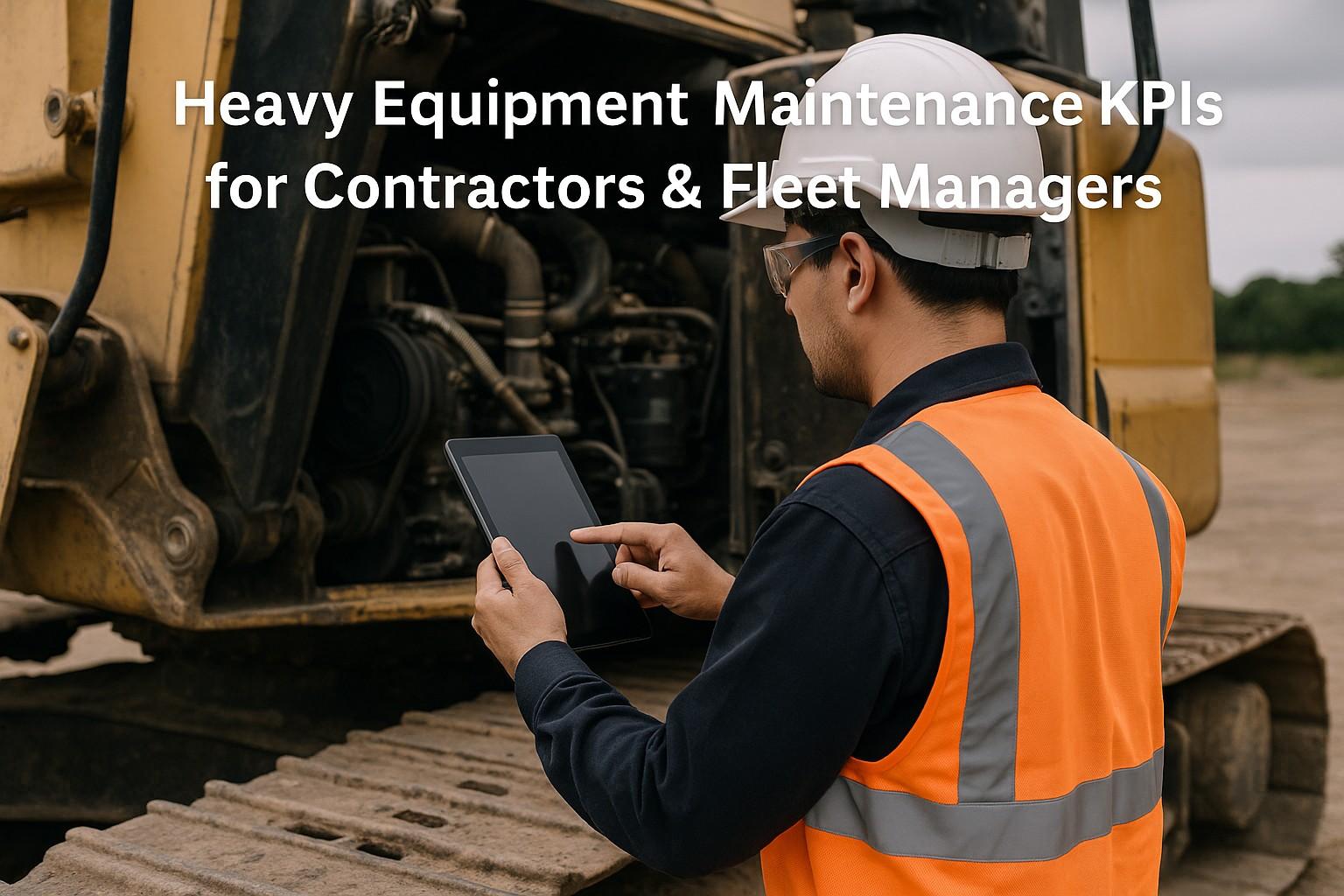In today's business environment, compliance is more than a legal obligation; it's a strategic component that significantly impacts workforce safety and operational efficiency. Companies face a myriad of regulations designed to ensure safe working conditions, but understanding how to leverage these regulations can enhance workplace safety and improve overall business performance. This blog will explore the essential benefits of compliance in workforce safety, detailing the what, why, how, and when of conducting safety practices effectively.
What is Compliance in Workforce Safety?Compliance refers to adhering to laws and regulations that govern industry practices. In workforce safety, compliance is crucial as it involves following standards that prevent accidents and illnesses in the workplace. Compliance encompasses everything from routine safety checks to the use of personal protective equipment (PPE) and adherence to operational procedures.
Why Compliance is Critical
Reduction in Workplace Accidents and Injuries: Implementing stringent compliance measures helps significantly reduce workplace accidents and injuries. This not only ensures the well-being of employees but also reduces the costs associated with workplace accidents.
Enhanced Reputation Businesses that strictly adhere to safety regulations are often viewed more favorably by stakeholders, including investors, customers, and potential employees. Compliance builds trust and enhances the company's market image.
Financial Savings Compliance helps avoid costly fines and legal fees associated with non-compliance. Moreover, maintaining a safe work environment reduces medical claims and insurance premiums.
Increased Employee Productivity A safe workplace enhances employee morale and productivity. Employees are more likely to focus better and perform efficiently when they are not worried about their personal safety.
How to Conduct Effective Compliance Measures
Implementing effective compliance measures involves several steps:
Risk Assessment:Identify potential hazards in the workplace and evaluate the associated risks.
Training and Education: Regularly train employees on the importance of compliance and how to maintain safety standards.
Use of Technology: Leverage tools like the HVI App to monitor compliance, schedule safety checks, and manage safety data efficiently.
When to Conduct Safety Compliance Checks
Routine and surprise checks are vital:
Routine Checks: Conducted at regular intervals (e.g., monthly or quarterly) to ensure ongoing compliance.
Surprise Checks: Helps in understanding the actual adherence to safety protocols without prior preparation.
Tools and Features for Effective Compliance
Modern technology offers various tools that assist in maintaining compliance. For instance, the HVI App provides features like real-time monitoring, compliance tracking, and detailed reports to enhance workplace safety management.
8 Key Benefits of Compliance for Workforce Safety
- Minimized Accidents and Injuries
- Boosted Employee Morale and Productivity
- Strengthened Regulatory Compliance
- Reduced Insurance Premiums and Legal Costs
- Enhanced Brand Reputation and Customer Trust
- Improved Operational Efficiency
- Effective Risk Management and Emergency Preparedness
- Competitive Edge in the Market
Overcoming Challenges in Compliance
Facing problems such as resistance to change and the high cost of implementation can be mitigated by:
Leadership Commitment: Ensuring top management advocates for compliance as a priority.
Cost-Benefit Analysis:Demonstrating the long-term financial benefits of compliance to gain stakeholder support.
Real Stats and ROI
Statistics show that companies investing in effective safety compliance programs can reduce accident-related costs by up to 40%. The return on investment (ROI) extends beyond financials, improving employee retention and reducing turnover rates.
The Vital Role of HVI App in Compliance Management
HVI App is a cutting-edge tool that harnesses intelligent solutions to streamline compliance management processes. With its advanced features and intuitive interface, HVI App empowers organizations to efficiently conduct safety inspections, maintainaccurate records, and generate comprehensive reports. By automating compliance tasks and providing real-time insights, HVI App enables companies to make informed decisions and continuously enhance their safety practices.
Implementing Successful Compliance Strategies
To fully realize the benefits of compliance, organizations must implement effective strategies and best practices. This includes conducting regular safety audits, providing comprehensive training programs, establishing clear policies and procedures, and nurturing a culture of safety at all levels. By leveraging tools like HVI App and actively involving employees in the compliance process, companies can adopt a proactive approach to workforce safety.
The Evolution of Compliance and Emerging Trends
As industries evolve and new challenges emerge, compliance requirements also undergo changes. Organizations must stay abreast of emerging trends and adapt their compliance strategies accordingly. Key trends to watch out for include the increasing use of technology in compliance management, the growing focus on mental health and well-being, and the integration of sustainability practices into safety programs.
Conclusion
The impact of compliance on workforce safety cannot be overstated. By prioritizing compliance, organizations protect their most valuable asset—their employees—while reaping a multitude of benefits that contribute to their long-term success. HVI App stands at the forefront of compliance management, offering intelligent solutions that empower companies to optimize their safety efforts.
Download Our Vehicle Checklist
Ensure your vehicles are compliant and safe with our comprehensive vehicle checklist. Download now—free!
To learn more about how HVI App can help you navigate the complexities of compliance, sign up for our newsletter and explore our extensive library of resources
Top 5 FAQs About Compliance and Workforce Safety
1. Why is compliance crucial for workforce safety?
Compliance is essential for workforce safety as it helps prevent accidents, injuries, and illnesses in the workplace. It ensures that organizations adhere to laws, regulations, and standards set by governing bodies and industry authorities. Compliance mitigates legal risks, financial liabilities, and fosters a safe and healthy work environment.
2. How can HVI App assist organizations in effectively managing compliance?
HVI App is a powerful tool that streamlines compliance management processes through intelligent solutions. It enables organizations to efficiently conduct safety inspections, maintainaccurate records, and generate comprehensive reports. By automating compliance tasks and providing real-time insights, HVI App empowers companies to make informed decisions and continuously enhance their safety practices.
3. What are the primary benefits of compliance for workforce safety?
The primary benefits of compliance for workforce safety include minimized accidents and injuries, boosted employee morale and productivity, and strengthened regulatory compliance. Additionally, compliance helps reduce insurance premiums and legal costs, enhances brand reputation and customer trust, improves operational efficiency, enables effective risk management and emergency preparedness, and provides a competitive edge in the market.
4. How can companies implement successful compliance strategies?
To implement successful compliance strategies, companies should conduct regular safety audits, provide comprehensive training programs, establish clear policies and procedures, and nurture a culture of safety at all levels. Leveraging tools like HVI App and actively involving employees in the compliance process allows companies to adopt a proactive approach to workforce safety.
5. What are the emerging trends in compliance and workforce safety?
Emerging trends in compliance and workforce safety include the increasing use of technology in compliance management, such as AI and IoT solutions. There is also a growing focus on mental health and well-being in the workplace. Additionally, the integration of sustainability practices into safety programs is gaining momentum as organizations recognize the importance of environmental and social responsibility.




